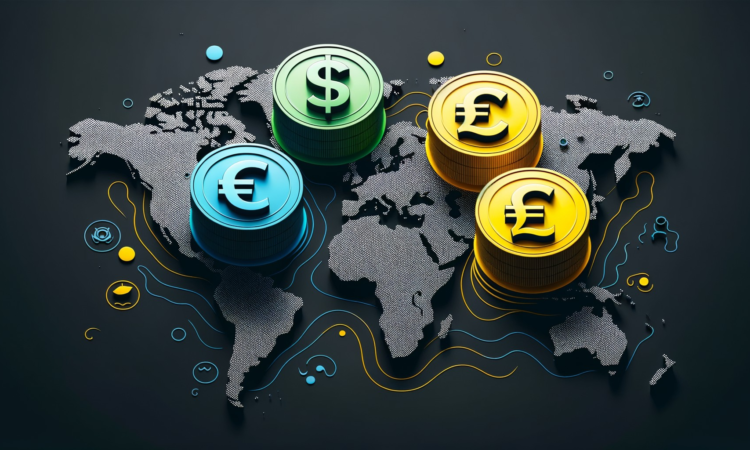
What’s going on here?
The US dollar steadied amidst soft economic figures, hinting at potential rate cuts from the Federal Reserve, while the sterling rose on stronger-than-expected UK service inflation. Meanwhile, the euro faced pressure due to political turmoil in France, and the Swiss franc soared to a seven-month high against the euro.
What does this mean?
US retail sales in May showed minimal growth, and April’s figures were revised down, painting a lackluster picture for Q2 2024. This boosted expectations of rate cuts by the Fed, with markets pricing a 67% chance of easing by September. In the UK, service inflation exceeded forecasts, strengthening the sterling by 0.20% against the euro and 0.15% against the dollar. This dampened speculation of a Bank of England rate cut in August, lowering the probability from 50% to about 30%. Over in Europe, political instability in France kept the euro slightly lower at $1.0732, while the yield gap between French and German debt remained near seven-year highs. Additionally, the Swiss franc’s strength against the euro prompted talks of potential interventions by the Swiss National Bank.
Why should I care?
For markets: Navigating the waters of uncertainty.
Given the varied economic data and central bank signals, financial markets adjusted their expectations accordingly. The dollar index remained flat, reflecting mixed sentiment. Investors are keenly monitoring political and economic developments, especially the Fed’s anticipated rate cuts and the Bank of England’s cautious stance following the latest inflation data. Market attention is also on potential interventions by the Swiss National Bank if the franc continues to strengthen.
The bigger picture: Global economic shifts on the horizon.
The economic landscape is in flux, with significant implications for global markets. The euro’s weakness due to political issues in France and potential fiscal instability in the broader European bloc highlights underlying tensions. At the same time, the Australian dollar’s rise, bolstered by the Reserve Bank of Australia’s hawkish stance, and possible interest rate hikes by the Bank of Japan signal diverse central bank strategies responding to local conditions. These dynamics underline the interconnected nature of global economies and the ripple effects of policy decisions and economic data worldwide.
